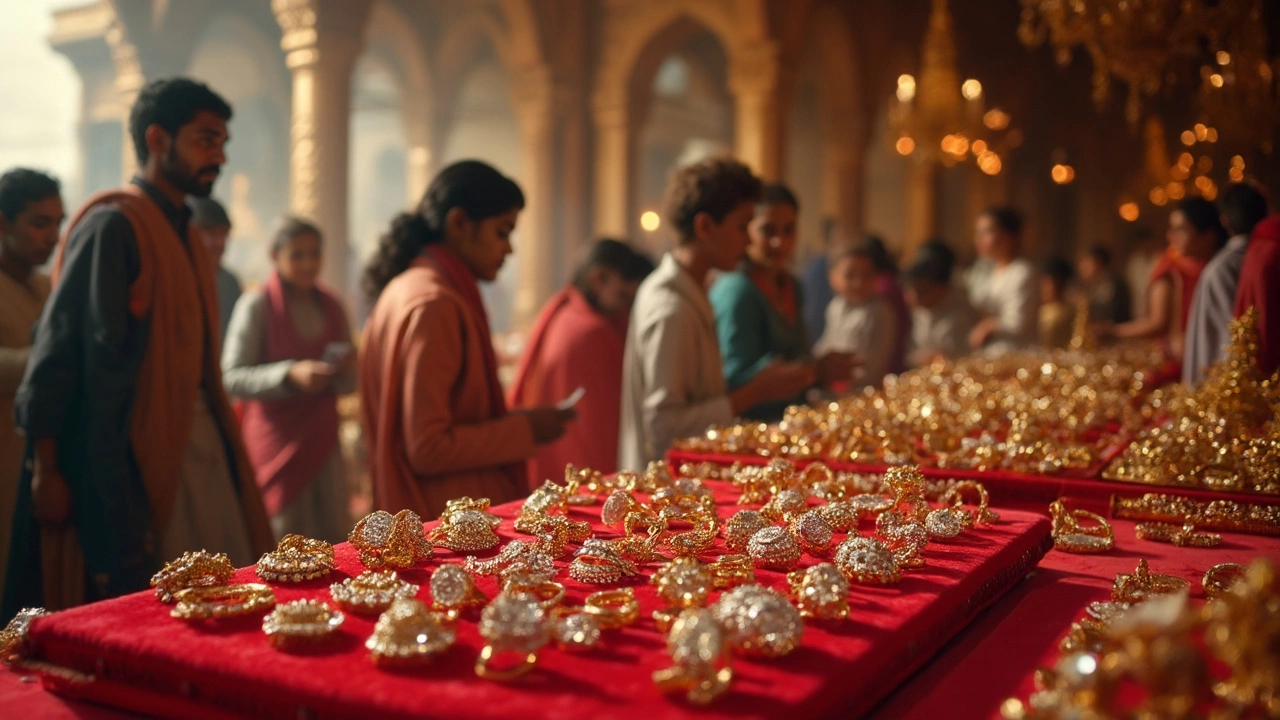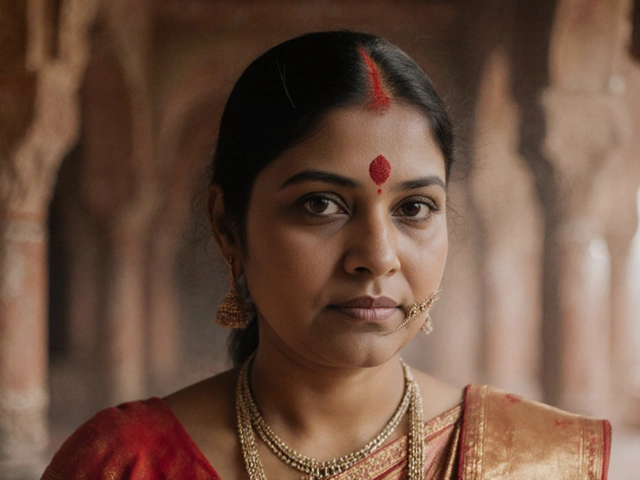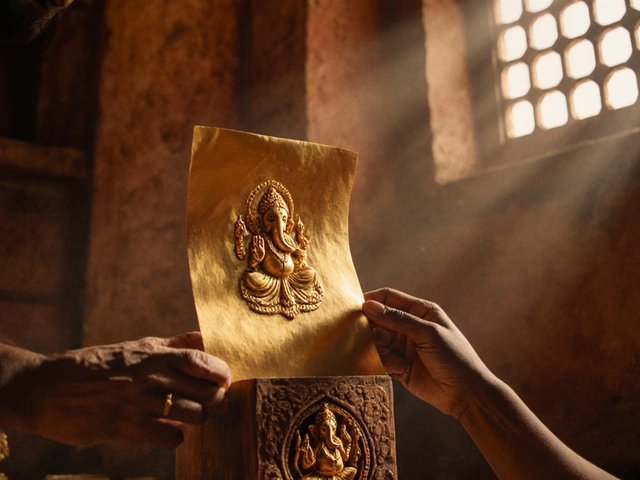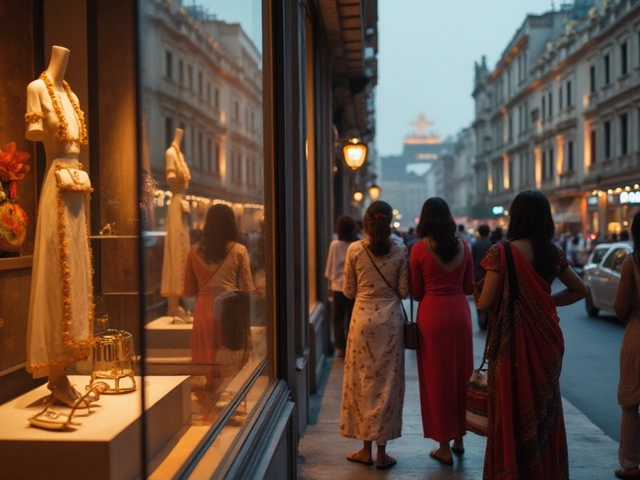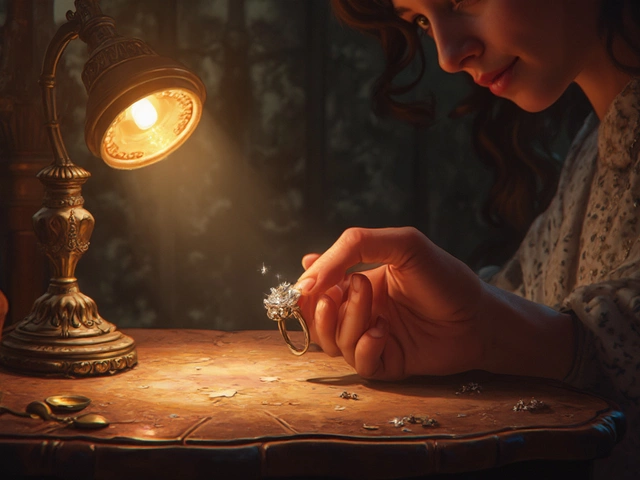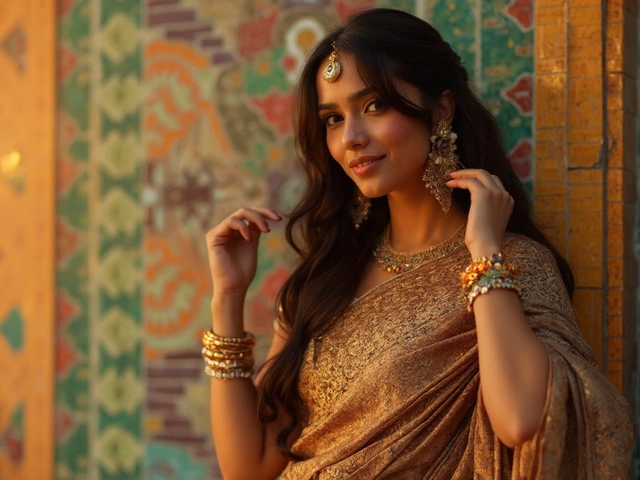Best Diamonds: Simple Guide to Picking the Right Stone
Thinking about buying a diamond? You probably wonder what makes a diamond “best.” Is it the price, the sparkle, or the brand name? The truth is a mix of a few easy‑to‑check factors. When you know what to look at, you can avoid hype and get a stone that really shines for your money.
What Makes a Diamond Truly Best?
The diamond world talks a lot about the 4 Cs – cut, color, clarity and carat weight. Those are the basics, and they’re not just marketing fluff. Cut is the biggest driver of sparkle. A well‑cut diamond reflects light like a tiny mirror, while a poor cut looks dull even if the other Cs are high.
Color ranks from D (no color) to Z (noticeable tint). For most people, a D‑F grade looks the same, so you can save money by stepping down a shade or two without losing visual appeal. Clarity measures internal flaws called inclusions. Anything better than VS2 usually looks clean to the naked eye, so you don’t need flawless (IF) stones unless you love perfection.
Carat weight is simply the size, but it’s also the biggest price driver. Remember that a 1‑carat diamond with an excellent cut can look bigger than a 1.2‑carat stone with a mediocre cut. Balance the weight with the other Cs for the best overall look.
Certification is the safety net. Look for a GIA, IGI or IGI‑HQ report. A lab report tells you the real 4 Cs, so you know exactly what you’re buying. Avoid sellers who won’t show a certificate – it’s a red flag.
Smart Ways to Shop for Diamonds
Start online. Websites let you filter by cut, color, clarity and price, which saves time. Use the zoom feature to see the stone’s sparkle. If you like what you see, ask the seller for high‑resolution photos and the lab report.
Set a budget before you browse. Most of the cost comes from cut and carat, so you can trade a little weight for a better cut. For example, a 0.9‑carat with an excellent cut often looks bigger than a 1‑carat with a good cut, and it can be cheaper.
Don’t ignore shape. Round brilliant gives the most sparkle, but fancy shapes (princess, cushion, oval) can offer a unique look and sometimes a better price per carat. Choose the shape that fits the wearer’s style.
Check return policies. A reputable retailer will allow you to return or exchange the stone within a reasonable window. That gives you a safety net if the sparkle isn’t what you expected in person.
Finally, compare a few sellers. Prices for the same certified stone can vary by 10‑15 %. Use that data to negotiate or pick the best deal. With these steps, you’ll feel confident that the diamond you choose truly is one of the best for your budget.
Which Country Diamond Is Best? Real Answers for Ring Shoppers
Wondering where the world’s best diamonds come from? This article breaks down the top diamond-producing countries and what makes their gems stand out. Get straight facts about diamond quality, Indian buyer preferences, and real buying tips. Discover how to spot good value and avoid common pitfalls. If you’re eyeing a diamond ring in India, you’ll know exactly what to look for.
